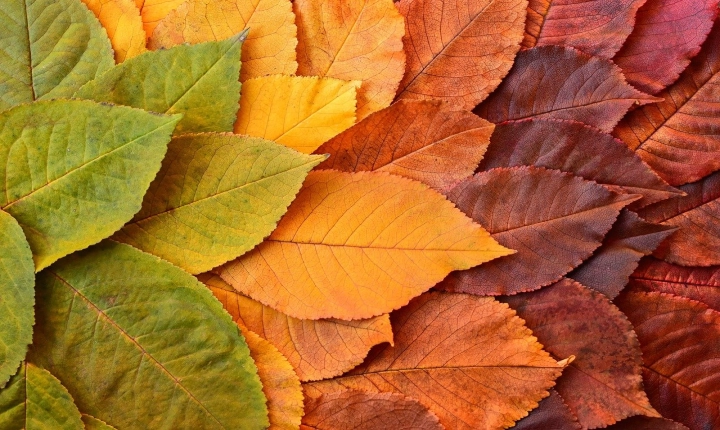AI Art: Revolutionizing Creativity
Artificial Intelligence (AI) has emerged as a disruptive force across various industries, enabling unprecedented levels of efficiency and innovation. One of the most fascinating applications of AI is in the realm of art, where machine learning algorithms are being used to create stunning and thought-provoking pieces of artwork.
AI art, also known as generative art, is created by algorithms that have been trained on vast amounts of data, allowing them to generate unique and original works of art. These algorithms can analyze patterns, styles, and themes from existing artworks, and then produce new pieces that reflect these influences while incorporating their own creative flair.
One of the most well-known examples of AI art is the work of the artist collective Obvious, who used a deep learning algorithm to produce a portrait that sold for over $400,000 at auction. This piece, titled “Edmond de Belamy,” was the first AI-generated artwork to be sold at a major auction house, sparking a wave of interest and curiosity in the potential of AI to produce compelling and valuable art.
AI art is not limited to traditional visual mediums; it also extends to music, literature, and even performance art. AI algorithms have been used to compose music that is indistinguishable from that created by human composers, as well as to generate poetry and literature that has been praised for its depth and emotional resonance.
The impact of AI on the art world is significant and multi-faceted. On one hand, AI art challenges traditional notions of authorship and creativity, blurring the line between human and machine-generated art. This raises important questions about the nature of creativity and the role of the artist in a world where technology is increasingly involved in the creative process.
Additionally, AI art has the potential to democratize the art world, making it more accessible and inclusive. By allowing anyone with access to AI algorithms to create art, the barriers to entry into the art world are significantly lowered, opening up new opportunities for aspiring artists and creators.
However, AI art also raises ethical and legal considerations, particularly around issues of copyright and attribution. As AI becomes more proficient at creating art that is virtually indistinguishable from human-generated work, questions arise about how to properly credit and compensate the creators of AI-generated art.
Despite these challenges, the potential of AI art to inspire and provoke thought is undeniable. As AI continues to advance, we can expect to see even more groundbreaking and boundary-pushing works of art that challenge our perceptions of what is possible in the realm of creativity.
Ultimately, AI art represents a new frontier in the evolution of artistic expression, one that offers both exciting opportunities and complex challenges. The fusion of technology and creativity has the potential to revolutionize the art world, creating a dynamic and ever-evolving landscape that pushes the boundaries of what we consider to be art. As AI continues to evolve and mature, it is clear that its impact on the art world will be profound and far-reaching.
